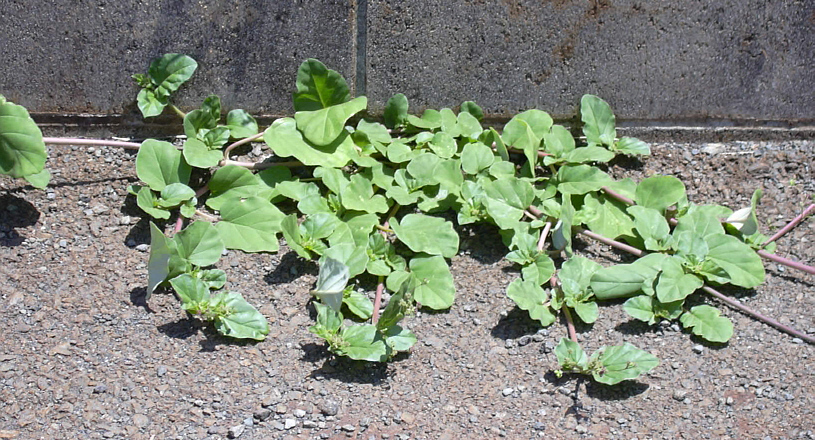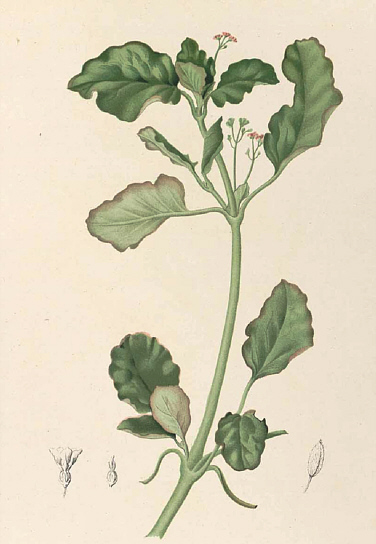

Zitierweise / cite as:
Carakasaṃhitā: Ausgewählte Texte aus der Carakasaṃhitā / übersetzt und erläutert von Alois Payer <1944 - >. -- Anhang A: Pflanzenbeschreibungen. -- Boerhavia diffusa L. -- Fassung vom 2007-07-28. -- URL: http://www.payer.de/ayurveda/pflanzen/boerhavia_diffusa.htm
Erstmals publiziert: 2007-07-28
Überarbeitungen:
Anlass: Lehrveranstaltung SS 2007
©opyright: Dieser Text steht der Allgemeinheit zur Verfügung. Eine Verwertung in Publikationen, die über übliche Zitate hinausgeht, bedarf der ausdrücklichen Genehmigung des Verfassers
Dieser Text ist Teil der Abteilung Sanskrit von Tüpfli's Global Village Library
WARNUNG: dies ist der Versuch einer
Übersetzung und Interpretation eines altindischen Textes. Es ist keine
medizinische Anleitung. Vor dem Gebrauch aller hier genannten Heilmittel wird
darum ausdrücklich gewarnt. Nur ein erfahrener, gut ausgebildeter ayurvedischer
Arzt kann Verschreibungen und Behandlungen machen!
Falls Sie die diakritischen Zeichen nicht dargestellt bekommen, installieren Sie eine Schrift mit Diakritika wie z.B. Tahoma.
Verwendete und zitierte Werke siehe: http://www.payer.de/ayurveda/caraka0001.htm

Abb.: Boerhavia diffusa L.
[Bildquelle. Wikipedia]

Abb.: Boerhavia diffusa L.
[Bildquelle. Wikipedia]
Drury:
"Boerhavia diffusa (Linn.) N. O. Nyctaginaceae. Spreading Hog-weed, Eng. Mookaretti, Tam. Ataka-Mamidi, Tel. Tameermma, Taludaiua, Mal. Tikri, Hind. Gada-poorna, Swhet-poorna, Beng.
Description. — Low creeping plant with many diffused stalks, about two feet long ; flowers pale rose-coloured, much scattered on long branching peduncles from the axils and at the end of the branches; seeds brown, oblong, striated, very rough ; leaves ovate, rather roundish, bright green above, whitish below ; sometimes curled at the edges. Fl. All the year.—Roxb. Fl. Ind. i. 146.—Rheede, vii. t. 56.—Wight Icon. t. 874.-------Coromandel. Travancore. India generally.
Medical Uses.—Of this troublesome weed, which is common in all parts of India, there are two varieties—one with white, the other with rose-coloured flowers. The root is given in powder as a laxative, and in infusion as a vermifuge. The taste is slightly bitter and nauseous. In Jamaica the leaves are given to hogs, whence the English name.—(Ainslie.) It has been found a good expectorant, and been prescribed in asthma with marked success, given in the form of powder, decoction, and infusion. Taken largely, it acts as an emetic.—Pharm. of India.2
[Quelle: Drury, Heber <1819 - 1872>: The useful plants of India : with notices of their chief value in commerce, medicine, and the arts. -- 2d ed. with additions and corrections. London : Allen, 1873. -- xvi, 512 p. ; 22 cm. -- s.v.]